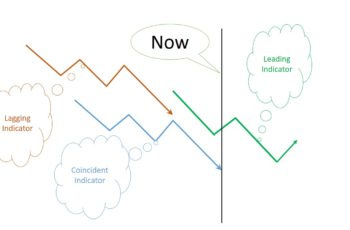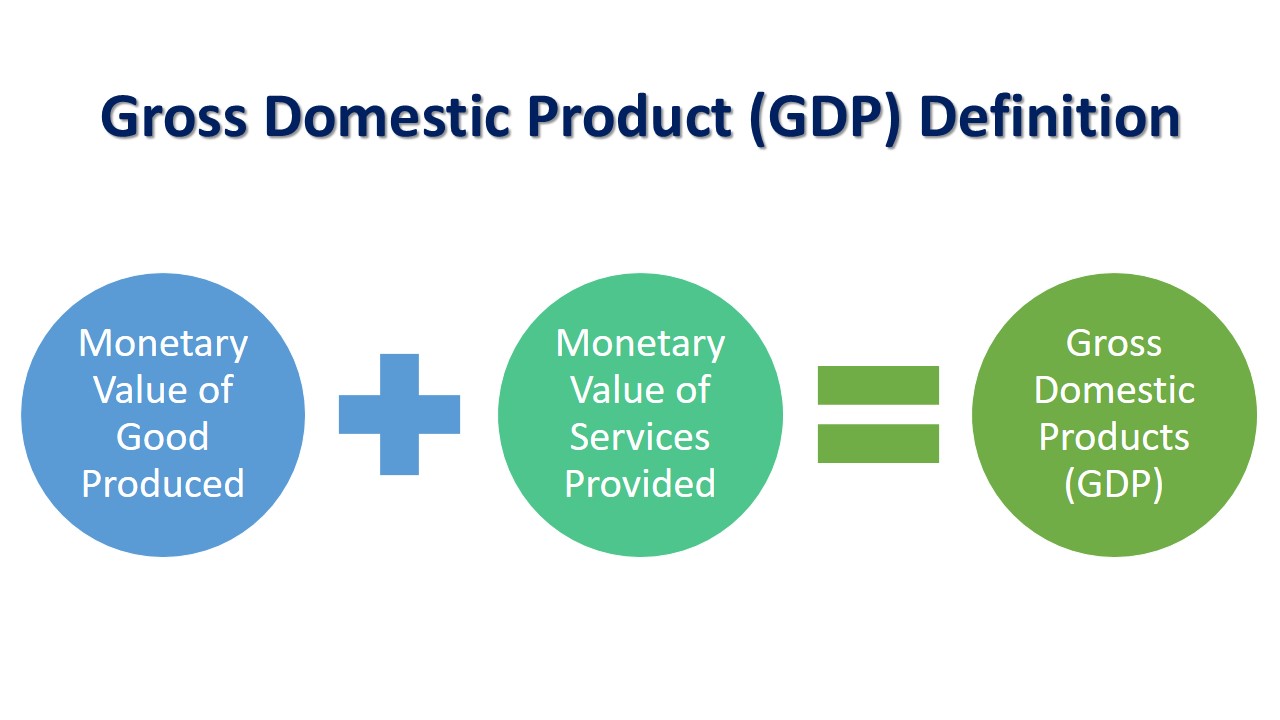The Average Hourly Earnings is the amount of money on average the US employees earn, excluding farm workers, self-employed, military, and non-profit organizations.
This data is published monthly by the US Bureau of Labor Statistics (BLS) both on a month-over-month, and year-over-year basis.
At the same time, the BLS reports the nonfarm payrolls, unemployment rate, and labor force participation rate in a report known as the Employment Situation Summar or monthly employment report.
Importance of Average Hourly Earnings
An increase in average earnings leads to the growth of consumption, savings, investment, and finally the whole economy.
When an individual’s earnings increase, he increases his consumption and saves parts of it. Savings go to investment that increases employment.
Because the Average Hourly Earnings boosts consumption, it is used to forecast the unemployment rate, profit of companies, personal income, and inflation.
So, the Average Hourly Earnings reading above expected may have a positive impact on the USD and the stock market.
However, an increase in salaries and wages also impacts prices. When consumers have more money in their pockets they will increase their demand which convinces suppliers to increase prices. And this may lead to an inflation rate higher than targeted by the government.






